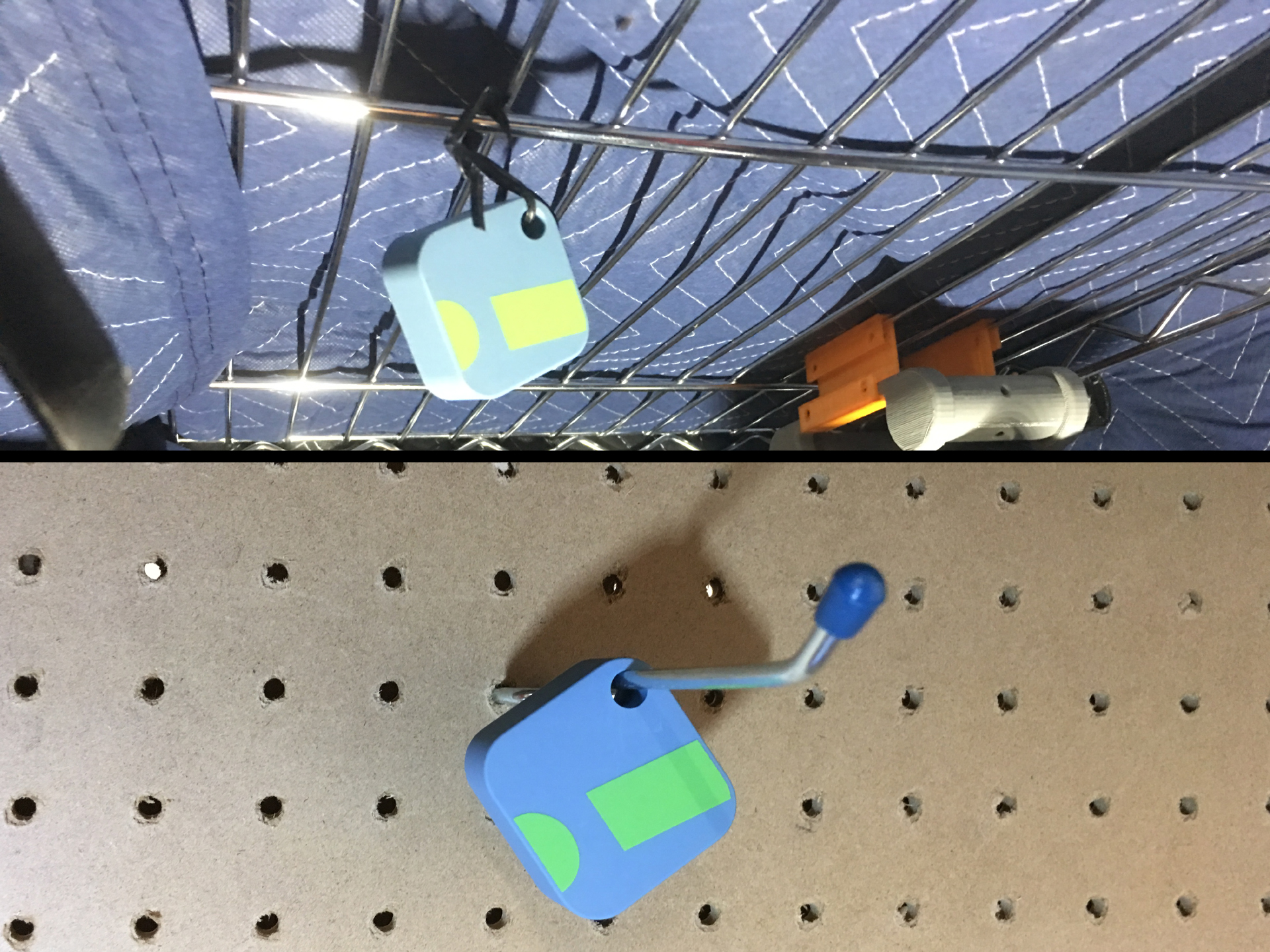SensorPush: Tiny IoT devices that let you track temperature data on your smartphone


SensorPush sensors
In December, faced with trying to manage a precise temperature range for 3D printing in a very cold garage, I picked up two $49 SensorPush remote temperature and humidity sensors. While I mentioned the devices in my article on winterizing 3D printing, I didn't provide much detail.
To rectify that, I'm going to dive a little deeper to help you understand how to get the most out of these versatile, easy to use, and inexpensive devices.
Each SensorPush is a block about a half inch thick, and the size of a matchbook. Each sensor also includes a nicely sized hole that allows it to be hung or attached. I ran a twist tie through one and hung it from the top of my wire shelving printer enclosure. I stuck the other one over a pegboard hook.
You could hang a sensor on the side of a chicken coop to monitor livestock breeding temperatures. You could use some double-sided tape to stick one inside a humidor to keep track of cigar humidity. You could hang one from a nail in an attic to keep track of temperature and humidity for items you're storing, without having to go up into the attic and look at a thermometer.
We have most of our musical instruments in a closet, including some nice guitars and hand-made drums. I've been thinking of ordering a third sensor to put into the closet, so we could make sure that if the humidity got too high for those instruments, we'd get an alert.
That's one of the other standout features of the SensorPush. You can set an alert condition and the SensorPush will push a notification to your phone. I have one set for my 3D printer enclosure to let me know if the enclosure exceeds 90 degrees. If so, I'll open it up and let some of the heat out.
Alert settings
Another possibility for home use is in the refrigerator. Different shelves often are at different temperatures, and you could place a couple of different SensorPushes on shelves to develop a temperature profile for each. Then, you'd know exactly which shelves are best for which foods.
The SensorPush app is well designed and clean. You can see current temperature and humidity for three devices at a glance, or scroll to see more devices. In addition, you can see temperature trends for the day, week, month, or year.
When I was trying to dial-in the heat management in my printing enclosure during December, I watched the overnight trend line very closely to make sure the interior of the enclosure stayed above 59 degrees Fahrenheit. Today, in deciding whether I needed to put on a jacket to work in the garage, I popped up the SensorPush app and noticed that after falling all night, the temperature has been rising nicely this morning.
SensorPush readings over time.
It's also been interesting to watch the overall temperature trend to see that the base temperature has been going up over the month, which seems to be indicating that the worst of Oregon's winter is probably over.
The SensorPush devices communicate with the iPhone over either Bluetooth or Wi-Fi, although Wi-Fi requires the purchase of a $99 Wi-Fi gateway. While the added price for Wi-Fi might seem a bit expensive, the gateway provides the ability to gather sensor data remotely, connecting it to your internet connection.
This means you could check temperature and humidity while out, or track the temperature of a remote location, like a vacation home or a storage container (assuming you had an internet connection in your storage unit).
Configuration and setup of the SensorPush is super easy. You launch the app and set the device on your phone. I'm not exactly sure how they pull that off, whether it's NFC or some kind of signal strength reading, but it's creative and well done.
My only concern is with battery life. While you can dig deep onto the charting page for a device to find battery voltage level, there's no indication of whether the battery is low, nor an option to set a battery change alert.
The company does say batteries should last one to two years, and has a video on how to change them out, so as long as you get a notification when batteries are low, I don't consider this a big concern. The devices use standard CR2477 coin-style lithium cells, which are about five bucks each on Amazon.
The bottom line for the SensorPush is simple: it does what it says, and does it well. It's a no-muss, no-fuss device that just works out of the box. If you need to track humidity or temperature, this is an ideal device and a very good example for others who are making IoT smartphone-enabled devices.